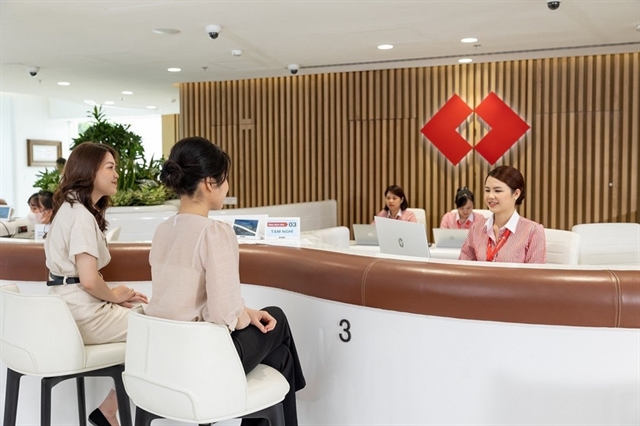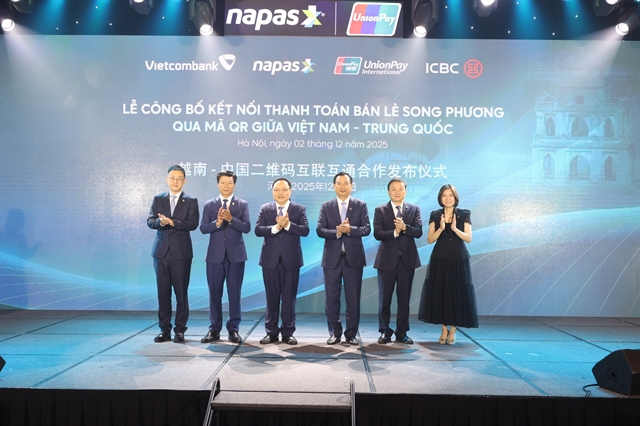.jpg) Society
Society
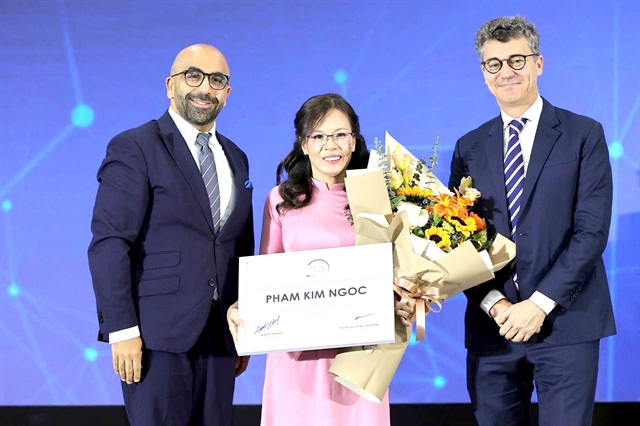
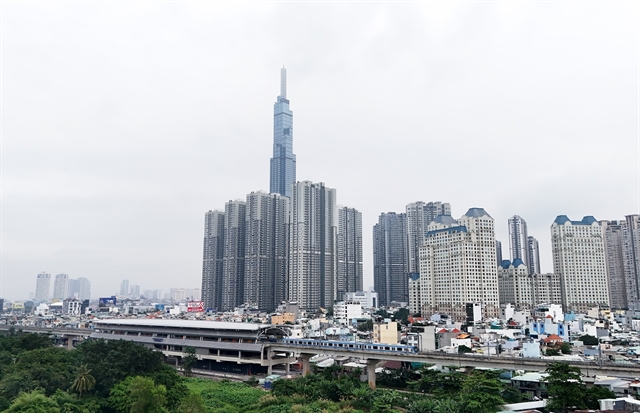 |
| HCM City’s Metro Line 1 connecting Bến Thành Market and Suối Tiên Theme Park began commercial service on December 22, 2024. — VNA/VNS Photo Hồng Đạt |
HCM City has over the past half century made major strides in transforming its transportation infrastructure. From congested roads to modern metro lines and smart management systems, the city’s achievements reflect both growth and a vision for sustainable urban mobility, according to the city’s transport authority.
Since the war ended and the country was reunified in 1975, HCM City has evolved into Việt Nam’s largest urban centre and economic powerhouse.
At the heart of this transformation is a comprehensive transport system designed to meet the demands of more than 10 million residents and millions of visitors annually.
In 1975, the city had only about 1,000km of roads. Today, the figure exceeds 4,500km. Major arterial routes such as Võ Văn Kiệt, Phạm Văn Đồng, Nguyễn Văn Linh, and ring roads No 2 and No 3 have improved connectivity across districts and eased inner-city congestion.
 |
| The Cát Lái intersection overpass connected to Hà Nội Highway and the Metro Line 1 in HCM City’s Thủ Đức city. — VNA/VNS Photo Trung Tuyến |
Over the past five decades, the city has prioritised the expansion and modernisation of key transport corridors to enhance travel efficiency and support regional growth.
New bridges, including Phú Mỹ and Thủ Thiêm bridges, have further improved access between District 1 and the growing southern suburbs.
Breakthrough in public transit
Perhaps the most symbolic achievement is Metro Line 1, which links Bến Thành Market in District 1 with Suối Tiên Theme Park in Thủ Đức City. It officially began commercial service on December 22, 2024, and is expected to carry up to 160,000 passengers daily in its initial phase.
The nearly 20km line includes 2.6km of underground track, three underground stations, and 11 elevated stops. With a total investment of over VNĐ43.7 trillion (US$1.72 billion), it operates 17 trains, each capable of carrying up to 930 passengers.
The first day of operation saw a turnout of around 150,000 passengers. To encourage ridership, the city offered free rides for the first 30 days – a programme costing about VNĐ15.7 billion ($617,000). An additional VNĐ17.3 billion was allocated to support free rides on 17 bus routes connecting to the metro during the same period.
More than just a transport project, the metro symbolises modernity, sustainability, and urban transformation. It marks the beginning of a network that will eventually span more than 200km.
The US biweekly TIME included Metro Line 1 in its list of the world’s greatest places for 2025.
Other public transport developments include the piloting of electric buses, expanded routes to outlying districts, and the introduction of water buses connecting the downtown to Thanh Đa Peninsula in Bình Thạnh District and Thủ Đức City.
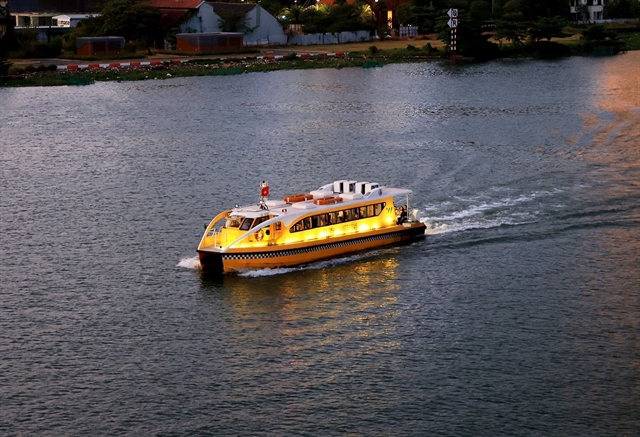 |
| A water bus carrying visitors to explore places along the Sài Gòn River in HCM City. — VNA/VNS Photo Hồng Đạt |
Smart, sustainable solutions
As the number of registered vehicles surpassed 10 million in 2024, the city stepped up investment in smart traffic systems. Traffic control centres now use AI-assisted cameras, real-time data, and automated signals to manage flow and detect incidents.
HCM City has also embraced green transport policies, including the integration of electric buses into the public fleet and long-term plans for low-emission zones and bicycle-friendly infrastructure.
The city aims to reduce private car use and expand sustainable alternatives for daily commuting.
In addition to roads and rail, the city’s air and sea transport systems have seen major upgrades.
Tân Sơn Nhất International Airport has expanded terminals to accommodate up to 40 million passengers annually. Long Thành International Airport, now under construction nearby, is expected to ease future demand.
For maritime transport, Cát Lái Port remains one of Southeast Asia’s busiest container ports. New initiatives, including the planned Cần Giờ International Transshipment Port, aim to boost the city’s status as a key regional logistics hub.
Challenges and plans
Despite significant progress, challenges remain – including flooding in low-lying areas, rush-hour congestion, and slow land clearance for major development projects.
The city’s transport authority revealed that its 2045 vision includes five metro lines, expanded ring roads, bus rapid transit corridors, and a more climate-resilient infrastructure system.
The city is also working with international partners such as the World Bank and the Japan International Cooperation Agency to ensure environmental and technical standards in large-scale projects.
The city’s transport system is not only about mobility – it’s about inclusion and quality of life. Initiatives include low-floor buses, accessible pavements, and safe pedestrian crossings to support the elderly, people with disabilities, and children.
Looking ahead, the next 50 years will focus on smart integration, sustainability, and ensuring that every resident can travel safely, affordably, and with dignity.
From war-era streets to a modern metro network, HCM City’s transport journey is a testament to vision, resilience and progress. With a clear roadmap and the determination of its people and leaders, the city continues to pave the way towards a better-connected, more liveable future. VNS


